Prøve GULL - Gratis
12 AMAZING JAMES WEBB SPACE TELESCOPE BREAKTHROUGHS
All About Space UK
|Issue 145
Webb is peering across the universe to discover new things about planets, galaxies and other cosmic objects

NASA’s deep-space observing telescope is looking at the universe like never before. The James Webb Space Telescope is a pathfinder of scientific discovery, generating incredible insights about galaxies, planets, stars and all sorts of interesting cosmic objects. The telescope is near the beginning of its cosmic journey, as it is rated for 20 years of operations and just launched in December 2021. Billed as a successor to the venerable Hubble Space Telescope, Webb is also breaking ground in science excitement.
1 WEBB IS HAILED AS THE GREATEST SPACE BREAKTHROUGH
When Webb launched on 25 December 2021, it was the culmination of decades of work by NASA scientists and engineers. The launch went off without a hitch, as did the numerous steps of the telescope’s deployment in the following months. In mid-July Webb released its stunning first images. The infrared telescope will help us see almost every part of our universe in greater detail, including the most distant galaxies, allowing us a glimpse into the past. “Within days of [Webb] coming online in late June 2022, researchers began discovering thousands of new galaxies more distant and ancient than any previously documented – some perhaps more than 150 million years older than the oldest identified by Hubble,” editors of the journal Science said. The journal named Webb as its Science Breakthrough of 2022, while the journal Nature chose Jane Rigby, Webb’s operations project scientist, to include in their ‘ten people who helped shape science stories’ list for 2022.
Denne historien er fra Issue 145-utgaven av All About Space UK.
Abonner på Magzter GOLD for å få tilgang til tusenvis av kuraterte premiumhistorier og over 9000 magasiner og aviser.
Allerede abonnent? Logg på
FLERE HISTORIER FRA All About Space UK
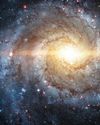
All About Space UK
MYSTERIES OF THE UNI WHERE ARE ALL THE SPIRAL GALAXIES?
There are far fewer spiral galaxies than elliptical ones in the Supergalactic Plane, and scientists are keen to discover why
7 mins
Issue 161
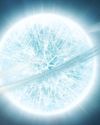
All About Space UK
ZOMBIE STARS
+10 OTHER TERRIFYING SPACE OBJECTS
8 mins
Issue 161

All About Space UK
HOW TO BEAT LIGHT POLLUTION
Thought it was impossible to observe the wonders of the night sky from towns and cities? Think again. Follow our tips and tricks on successfully observing through sky glow
2 mins
Issue 161
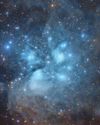
All About Space UK
15 STUNNING STAR CLUSTERS
These beautiful stellar groupings are spattered across the cosmos
8 mins
Issue 161
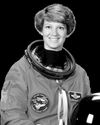
All About Space UK
Eileen Collins "It was a difficult mission...we were the first to see Mir"
Having served as both the first female pilot and first female commander of NASA's Space Shuttle, Collins boosted the involvement of women in space exploration to a whole new level
9 mins
Issue 161
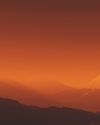
All About Space UK
MARS LEAKS FASTER WHEN IT'S CLOSER TO THE SUN
The Red Planet has lost enough water to space to form a global ocean hundreds of kilometres deep
2 mins
Issue 161
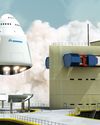
All About Space UK
FUTURE TECH KANKOH-MARU
This ambitious reusable spacecraft will be capable of taking 50 people to and from orbit
2 mins
Issue 161

All About Space UK
THE FINAL FRONTIER
Beyond the reach of the Sun is a fascinating region of the cosmos that were only just beginning to explore
8 mins
Issue 161
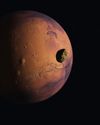
All About Space UK
A long-lost moon could explain Mars' weird shape and extreme terrain
A long-lost moon could explain why Mars is so different from the other rocky planets in the Solar System. Today Mars has two tiny moons.
2 mins
Issue 161
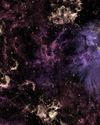
All About Space UK
A sprinkling of cosmic dust may have helped kick-start life on Earth
Cosmic dust may have helped kick-start life on Earth. New findings challenge a widely held assumption that this wasn't a plausible explanation.
3 mins
Issue 161
Translate
Change font size
